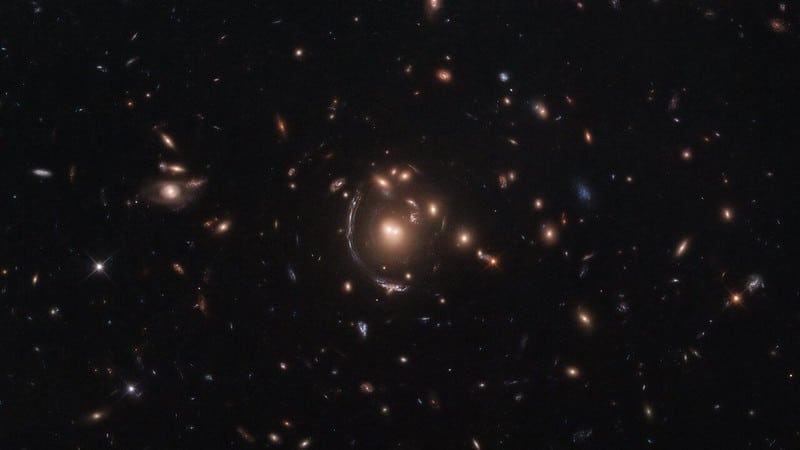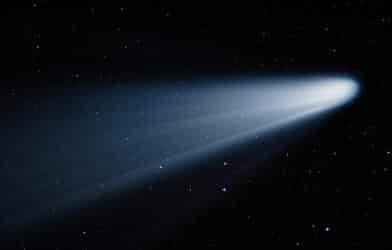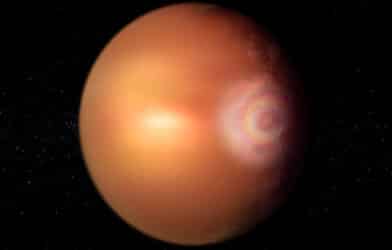Astronomers believe that they may have discovered a free-floating black hole for the first time using a technique called gravitational microlensing.
Black holes are distortions in the fabric of space and time, which typically form after the core of a dead star collapses in on itself. Since black holes do not reflect light, astronomers indirectly detect them based on the effect they exert on nearby orbiting bodies, such as a companion star. Free-floating black holes, however, lack a companion star, making them particularly tricky to detect.
Scientists estimate that the Milky Way galaxy includes up to 200 million free-floating black holes. Gravitational microlensing enabled the astronomers behind the recent study to possibly detect one of them. The technique involves using telescopes to probe and spot “microlensing events,” which occur when an object bends and brightens light from a distant star behind it from Earth’s perspective.

The team assessed data from two microlensing surveys: the Optical Gravitational Lensing Experiment (OGLE) and Microlensing Observations in Astrophysics (MOA). Both captured a microlensing event, dubbed OB110462, that lasted a notably long time in June 2011.
The event piqued the scientists’ curiosity. As a result, they obtained additional data on OB110462 from NASA’s Hubble Space Telescope and estimated the mass and distance of the object.
“With microlensing, we’re able to probe these lonely, compact objects and weigh them,” said Jessica Lu, an associated professor at the University of Berkeley, California, who was involved in the study, in a statement. “I think we have opened a new window onto these dark objects, which can’t be seen any other way.”
The researchers clock the object’s mass between 1.6 and 4.4 the mass of the sun at a distance between 2,280 and 6,260 light-years away. Astronomers estimate that the mass of a dead star must exceed 2.2 solar masses to collapse into a black hole. The results of the study provide evidence that OB110462 is a free-floating black hole or perhaps a neutron star.
“As much as we would like to say it is definitively a black hole, we must report all allowed solutions,” Lu explains. “This includes both lower-mass black holes and possibly even a neutron star.”
On the other hand, another group of scientists used the same data in a separate study to estimate the mass of the object at about 7.1 solar masses, which would put it within the class of a black hole if correct. They also estimate the object spans 5,153 light-years from Earth. Additional Hubble observations of microlensing are tentatively slated for fall this year.
The study led by Lu was accepted for publication in The Astrophysical Journal Letters.










-392x250.png)

